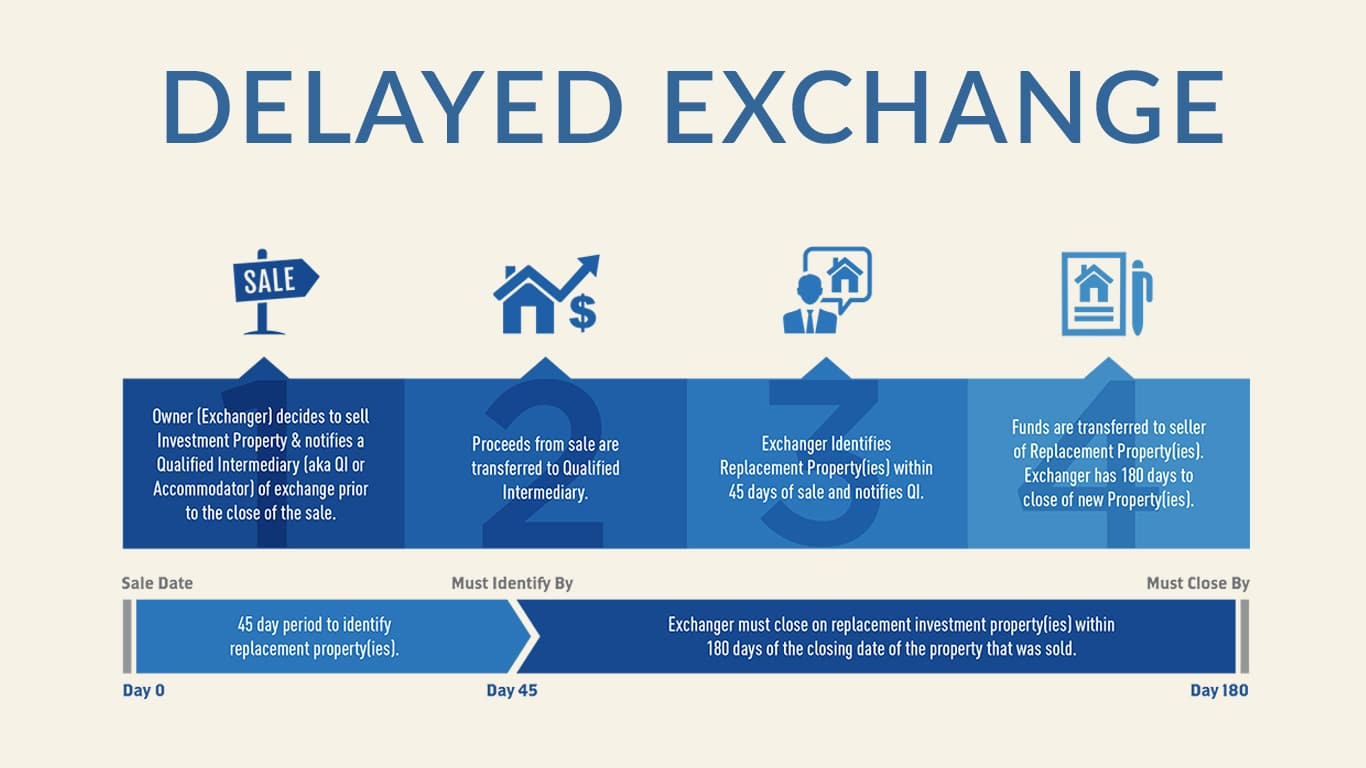Table of Contents
1031 Exchange 200 Rule – 1031 Exchange Rules 2021 is a property term that refers to the swap in investment residential property in order to postpone taxes of capital gains. The name is gotten from Section 1031 of the Internal Revenue Service code, which describes investors, real estate agents, and also title businesses.
There are plenty of dynamic parts within Section 1031 that necessary to be understood prior to you try to use them. Exchange can be done just for “like-kind” properties as well as the uses are restricted for vacation residential or commercial properties by IRS.
What Are 1031 Exchange Rules?
As pointed out in prior, 1031 exchange is an act of swapping investment properties. It is also typically described as Starker or like-kind exchange. The majority of swaps apply for taxes like sales, yet you may postpone tax obligation or approved with minimal tax obligation if you can fulfill the 1031 exchange’s requirements.
As the result, according to IRS, you will certainly be able to alter the financial investment kinds without the financial investment being recognized as capital gain or being paid out. 1031 is primarily can be done for unlimited amounts of times. You may not acquire earnings from every solitary swap, but you will certainly stay clear of tax obligation up until the financial investment is offered, even if it takes years later.
The 1031 Exchange Rules 2021 is utilized for the residential property of the organization as well as a financial investment only. It might be able to use to the main home property under some problems. It is also really feasible to use 1031 for vacation residential properties, yet the chance is so low currently contrasted to some times ago.
What Are Types of 1031 Exchange Rules?
Simultaneous
Simultaneous exchange occurs is the like-kind exchange occurs within the exact same day. This is the original 1031 exchange kind until the regulation of tax obligations is updated to permit the possibility for various other kinds.
Delayed
Delayed exchange occurs if you sell the residential or commercial property, get money, and also acquisition one more residential property by hold-up. The hold-up might happen for a single day to a few months prior to you ultimately get the replacement property. If the replacement residential property is not bought within the Internal Revenue Service’s determined time frame, after that you require to pay your residential property sale’s capital gain.
Improvement
Understood as building exchange, Improvement exchange occurs when you desire to utilize tax-deferred cash to improve the replacement residential property. Nonetheless, the cash is maintained by the center man.
Reverse
Reverse exchange occurs if you purchase the residential or commercial property initially, and then exchange it later. In this situation, you need to purchase the replacement property initially after that arrange the second residential or commercial property’s sale. This type of exchange is not really usual to be utilized, due to the fact that the offers need to be totally in cash.
Delayed Exchanges and Timing Rules
There are 2 timing rules that fundamentals and also have to be observed during the Delayed exchanges:
45-Day Rule
The rule is related to the appointment of the substitute residential property. The centerman should obtain the cash money once the property transaction happens. You must not receive the cash money as it’ll break the 1031 exchange.
Within the span of 45 days after the residential or commercial property is marketed, the replacement residential property needs to be marked to the middle male, and the residential or commercial property that you desire to acquire need to be defined. According to Internal Revenue Service, you may assign approximately three residential or commercial properties, as long as you are nearby to among the 3. It’s even possible to mark past 3 properties if they meet with specific evaluation examinations.
180-Day Rule
The timing rule associates with closing in the context of a Delayed exchange. The new residential or commercial property needs to be closed in the period of 180 days after the old is offered.
1031 Exchange 200 Rule
Underneath the Three Property Rule the exchanger might determine as much as three qualities, irrespective of worth, so long as she or he shuts on one of these to become the substitute property. Nevertheless, underneath the 200 Percent Rule, the exchanger might determine a lot more than three qualities supplied their mixed worth will not surpass 200 Percent from the reasonable market price from the relinquished property.
For instance, if the trader offers their Relinquished Property for $1,000,000, they might determine 5 qualities every really worth $400,000 for any complete recognized worth of $2,000,000, or 200Percent from the relinquished property worth.
IRC Section 1031 Fact Sheet PDF
 Loading...
Loading...
HOPE THIS SHORT ARTICLE HELPS YOU!
IF YOU ARE STILL HAVING DIFFICULTY OR PUZZLED ABOUT [KEYWORD], YOU MAY CONSULT WITH A TAX EXPERT THROUGH THIS LINK OR WITH A FINANCE EXPERT THROUGH THE CHAT BOX RIGHT BELOW.
